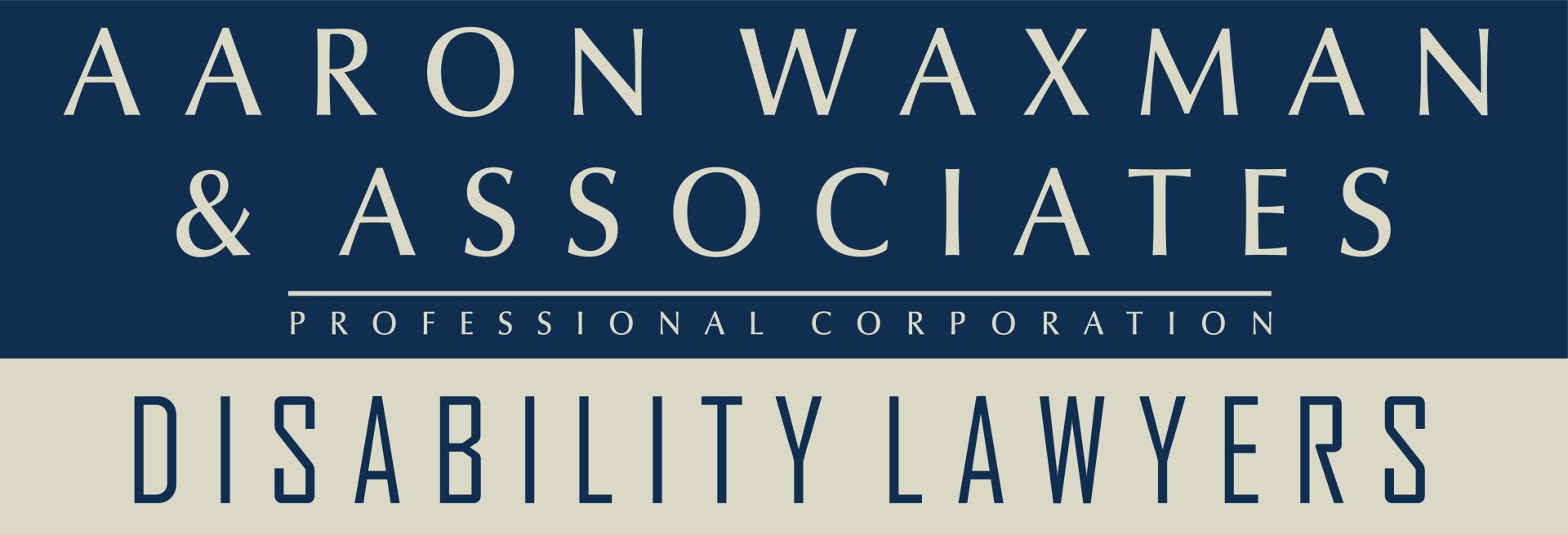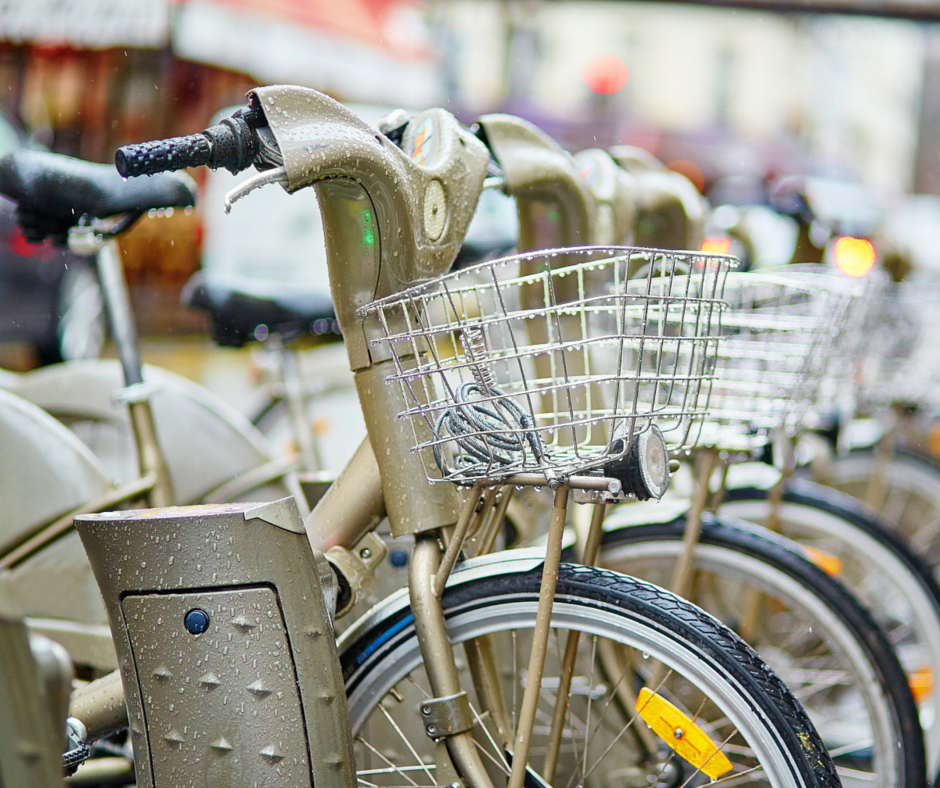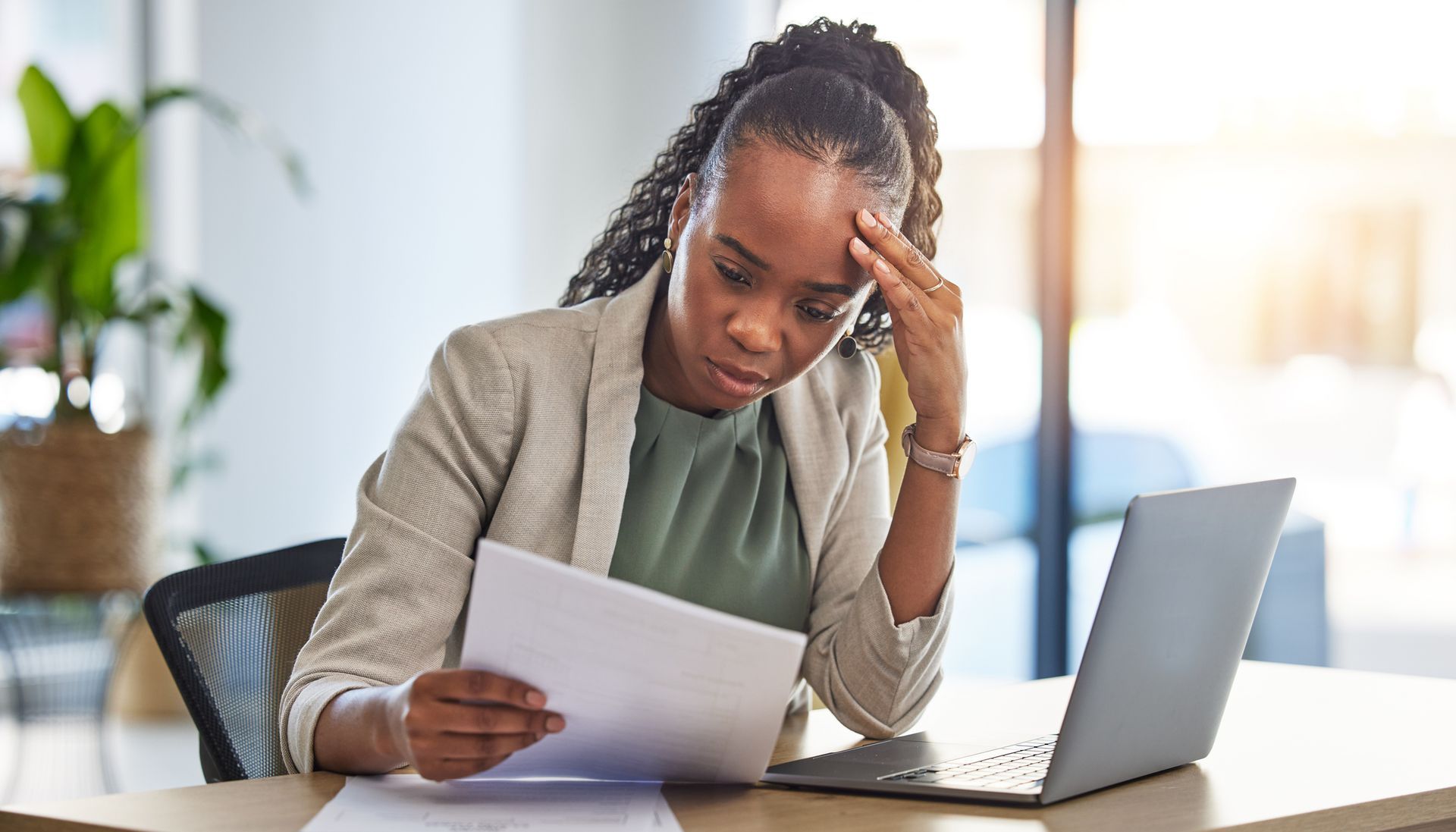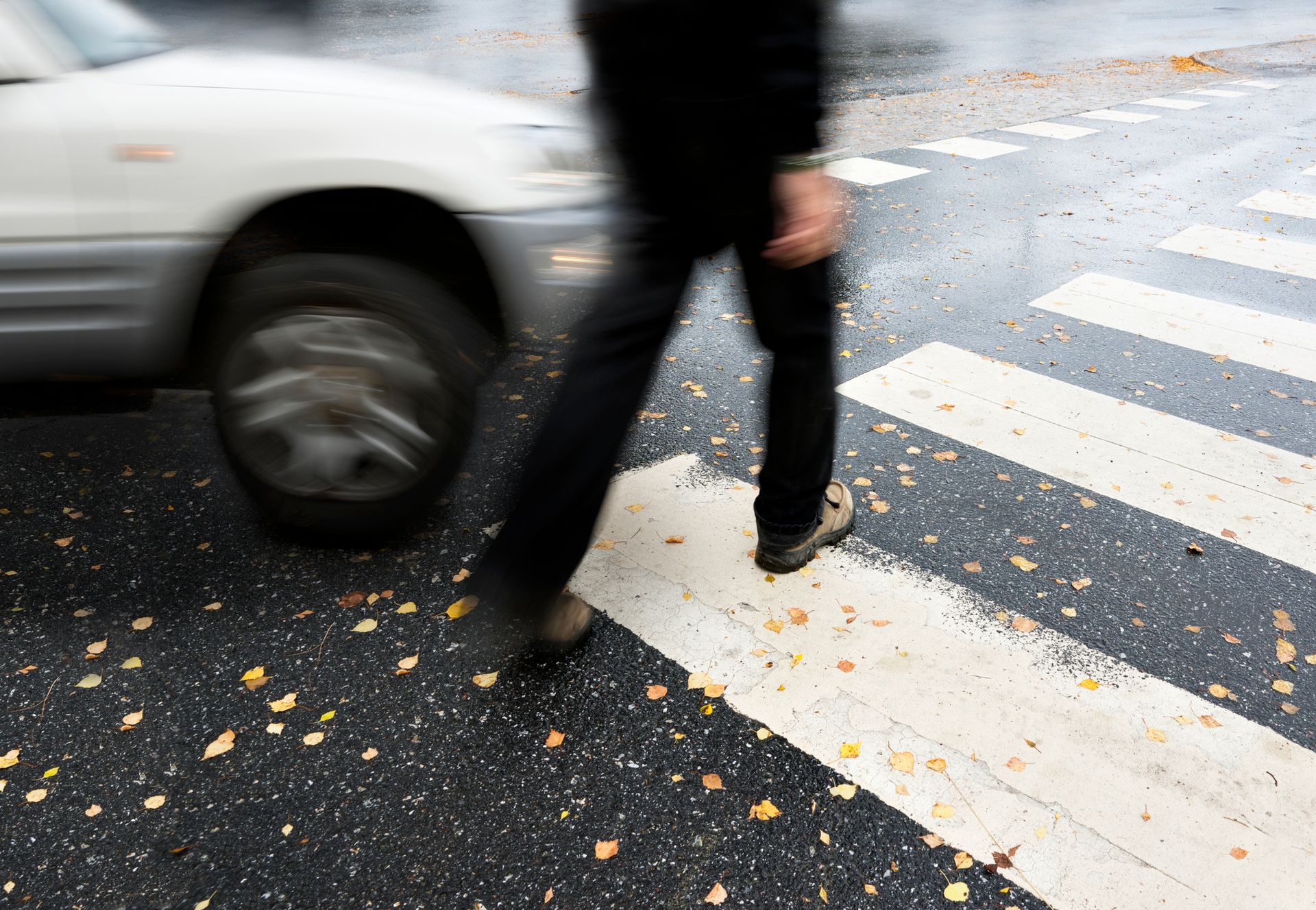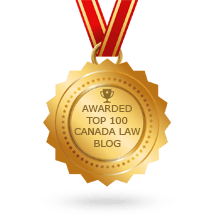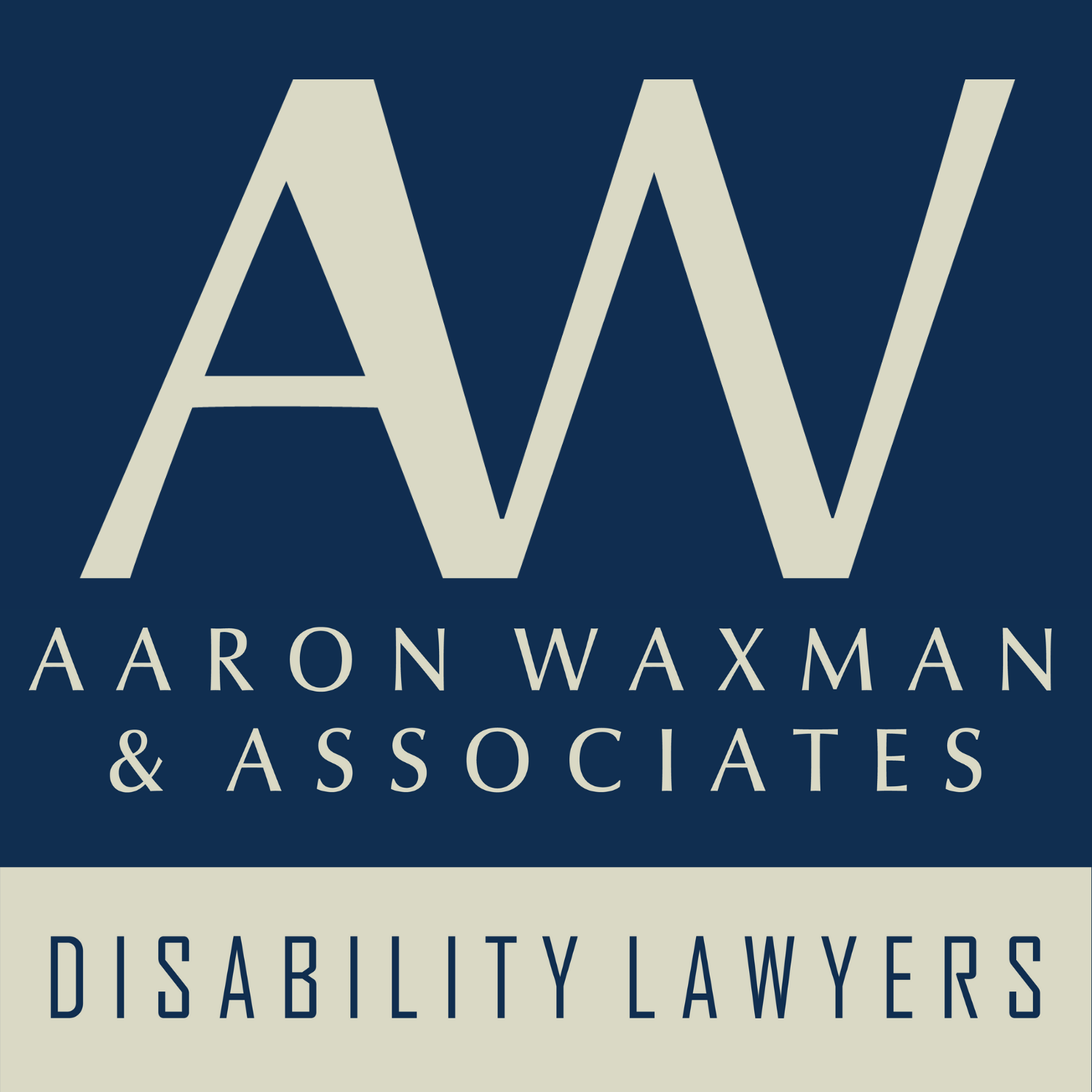Helpful Guide for Bicycle Claims
Our law firm handles various types of personal injury and disability matters, including assisting people who have been injured while riding a bicycle.
We understand that after an accident, you may be going through a difficult time and be unsure of your next steps or what your rights are.
This guide will cover:
- The Rules of the Road
- Important Statistics
- What You Should Do If You’ve Been Involved In a Collision
- Type of Compensation You Can Receive
- Why You Should Contact a Lawyer
- Staying Safe
What Rules/Laws Apply?
First things first, as a cyclist, you should be aware that when you ride on Ontario roads, you are subject to and can be charged with offences under the Highway Traffic Act (HTA).
The HTA defines a bicycle as a “vehicle” that belongs on the road (and not the sidewalk).
According to the Ministry of Transportation (MOT), a bicycle is defined as a vehicle that has steering handlebars and pedals and does not have a motor (and is thus differentiated from electric bicycles). Bicycles do not require registration, licence plates, vehicle insurance or for the rider to have a driver’s licence.
A cyclist must share the road with other vehicles (cars, motorcycles, tricks, buses), must obey all traffic laws, is subject to the same rights and responsibilities as drivers and cannot carry passengers if the bicycle is meant for only one person.
Other important facts that the MOT wants cyclists to be aware of include:
- It is very important that cyclists know they must ride their bicycles as close to the right edge of the road whenever possible, especially when travelling slower than the rest of traffic.
- There are certain roadways a cyclist is not allowed to ride a bicycle on such as any of the 400-series highways, and on any roadway within a pedestrian crossover.
- If there is a pedestrian cross-over, a cyclist must walk his/her bicycle to the other side.
While it is mandatory for riders under the age of 18 to wear a helmet, it is recommended that all cyclists wear one as an approved bicycle helmet can greatly reduce the risk of head injury to the rider in the event of a car accident/collision or a fall.
In early June 2015, Ontario passed the Making Ontario Roads Safer Act, which includes provisions to help ensure the safety of pedestrians and cyclists which include:
- Allowing cyclists to use the paved shoulders on unrestricted provincial highways instead of riding in main lanes.
- Allowing municipalities to create contraflow bicycle lanes to provide more direct routes and connectivity. A contraflow bicycle lane flows in the opposite direction of the surrounding lanes on what would otherwise be a one-way street.
- Increasing the fine range for convictions of 'dooring' of cyclists from $60 to $500, to $300 to $1,000 and raising the demerit points from two to three.
- Requiring all drivers to maintain a distance of at least one metre when passing cyclists, where possible.
- Increasing the maximum fine for not using required bicycle lights and other reflectors/reflective material from $20 to a set fine amount that falls in the range of $60 to $500.
- Permitting the use of flashing red lights as a safety feature on bicycles.
Riding a bicycle involves riding responsibly.
Important Statistics
According to the Canadian Automobile Association (CAA), approximately 7500 cyclists are serious injured each year, with most collisions occurring during the rush hour.
Some other important statistics to think about are:
- 1 out of 3 cyclist deaths occur at night or where there is artificial lighting.
- Cyclists are more likely to be killed or injured at a location or intersection where there are traffic signals or other traffic control signs.
- 34% of cyclists who were killed were struck by a vehicle in the dark.
What You Should Do If You’ve Been Involved In a Collision
When you are injured because of a collision, you may wonder what to do next.
Here are some important steps to take:
- Get the other driver’s contact information/insurance information.
- Take pictures of both your bicycle and the vehicle that hit you to document the damage.
- Write down what happened so you have a proper account of the accident when you need to report it.
- If there were witnesses, obtain their information.
- Seek medical attention as soon as possible, especially if you are seriously injured!
- Contact your insurer to report the accident so you can apply for accident benefits.
- Made a list and keep track of all your doctors/treatment providers so you can give this to a lawyer if you hire one.
- Keep track of any expenses that are “out of pocket” (not covered by insurance).
- Contact a lawyer who is experienced at handling personal injury claims.
What Kind of Compensation Am I Entitled To?
Injured persons can make a claim for accident benefits (usually through their own insurer) and if a third party is involved they can make a tort claim.
Accident benefits can include income replacement benefits if you are unable to return to work (to a maximum of $400/week), medical and rehabilitation benefits to cover the cost of treatment and in cases where injuries are more severe, attendant care. To learn about accident benefits, click here.
When you make a tort claim (claim against the at-fault party) you may be entitled to compensation for lost wages, future income loss, out of pocket expenses, future medical expenses and pain and suffering.
Why You Should Contact a Lawyer
If you are injured as a result of a bicycle accident, you may be able to receive compensation for your injuries.
An experienced personal injury lawyer can help you to navigate the paperwork for an accident benefits application and to determine which insurance company to apply to if there is more than one.
A lawyer can also help you to put the at-fault party “on notice” that you intend to commence a legal action against them and help you to build your case.
When you hire a lawyer, you no longer have to deal with the insurance company directly as your lawyer will communicate with them on your behalf.
A lawyer will make sure you understand all the limitation periods (deadlines) that apply and what your responsibilities are during your claims/lawsuit.
Your lawyer can also help you if you have group disability coverage and your short-term or long-term disability claim is denied. As with accident benefits, your lawyer will communicate with the insurer for you which may make life less stressful for you.
Staying Safe
Here are some tips we hope you will find helpful!
Be Seen
Wear reflective clothing so that you are seen at night. Make sure your bicycle has proper lighting and reflectors. Make sure you can see (i.e. don’t put your hood up/block your peripheral vision).
Be Heard
Make sure your bicycle has a working bell or horn so you can warn other cyclists, pedestrians and vehicles that you are approaching. Make sure you can hear what is going on around you as well (i.e. don’t wear headphones).
Be Conscious of The Time
Remember what time of day it is and ride appropriately. The sun can affect your ability/other drivers’ ability to see traffic and see you. The Ministry’s Guide to Safe Cycling recommends that when riding directly into or away from the sun at dawn and dusk, you should leave extra room and be ready for sudden stops or swerves by vehicles around you. It is of course important to be very alert at intersections.
Know How to Handle Your Bike
It is important to know how and when to shift gears, ride in a straight line, brake properly in order to ride at appropriate speeds and stop in a safe manner.
Check Your Surroundings
The same way you would check your blind spots and scan intersections before you pass through them when you drive your car, you should do the same thing when you ride your bicycle. You have to check over your shoulders while riding your bicycle to assess the traffic around you.
Signal!
Know how to signal properly and safely so that vehicles, pedestrians and other cyclists know your intentions on the road.
Leave Room
In an emergency situation, proper braking is essential. It is important for your to keep enough space around your bicycle to allow for reaction time and to stop safely.
Be Alert & Scan the Road
You should scan the road for any potential health hazards such as debris from construction, accidents or potholes and in order to anticipate errors made by motorists, pedestrians and other cyclists.
Blind Spots
Stay out of other drivers’ blind spots. The MOT emphasizes the importance of staying out of the blind spots of bus and truck drivers and indicate that if you can see the eyes of the driver in their mirror, they can also see you. You are advised to stay well ahead, or well behind these vehicles.
Cross Intersections Safely
Watch for vehicles that are turning into the intersections so you can be prepared to avoid them and always watch the traffic lights for light changes and signal changes so you can be prepared to stop if you have not yet entered the intersection.
If you or someone you know has been injured as a cyclist, do not hesitate to contact the lawyers at Aaron Waxman and Associates. We are available for a free initial consultation at a date and time of your choosing.
We offer a free initial consultation that can be arranged at a date and time of your choosing and at your convenience.
Recent posts from our Knowledge Centre
- This blog is for informational purposes only and is not meant to substitute legal advice. Please read our disclaimer for further information.
- All of our lawyers are licensed by The Law Society of Upper Canada
- Office in Toronto and able to represent people in the province of Ontario
